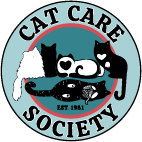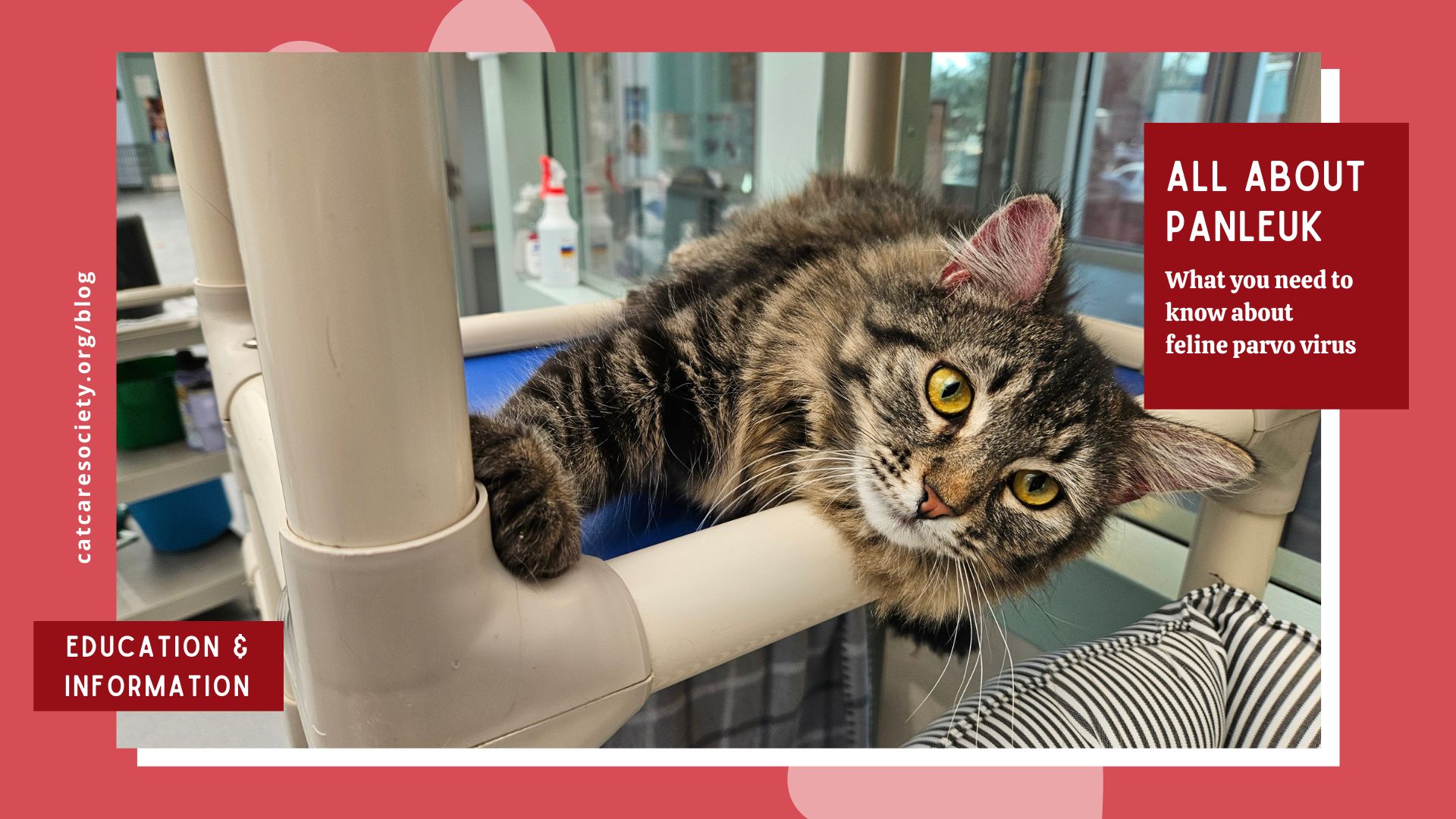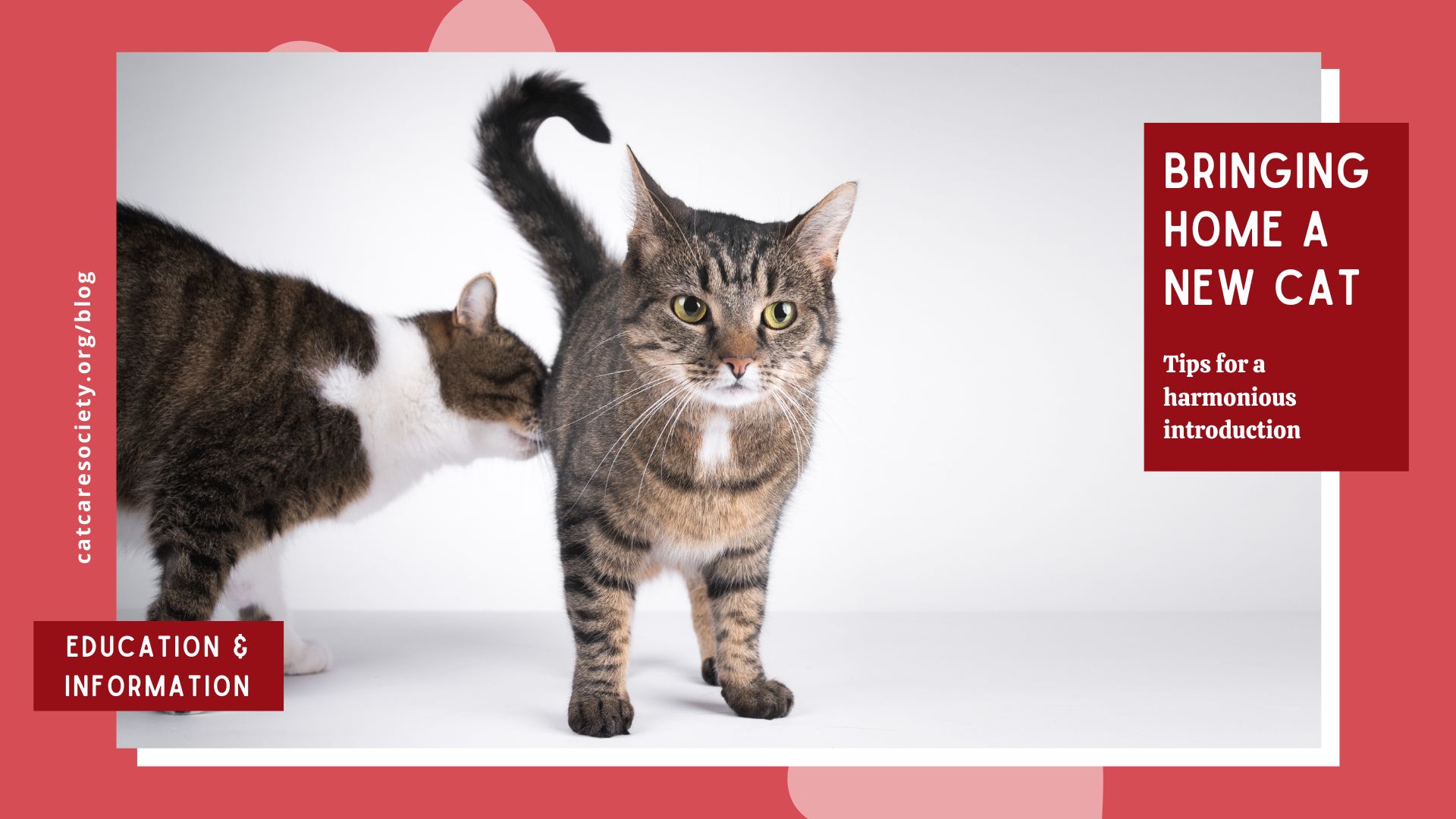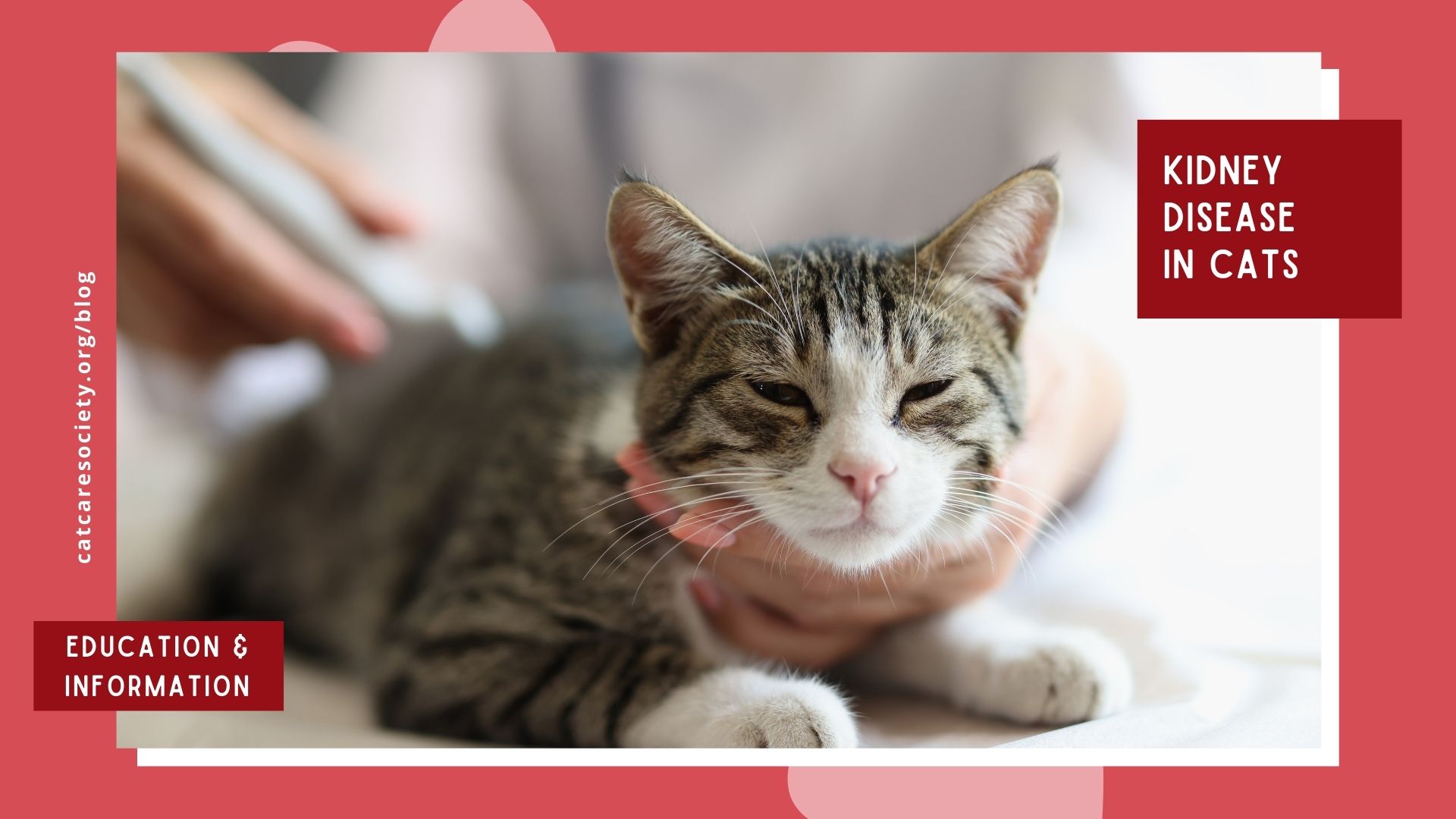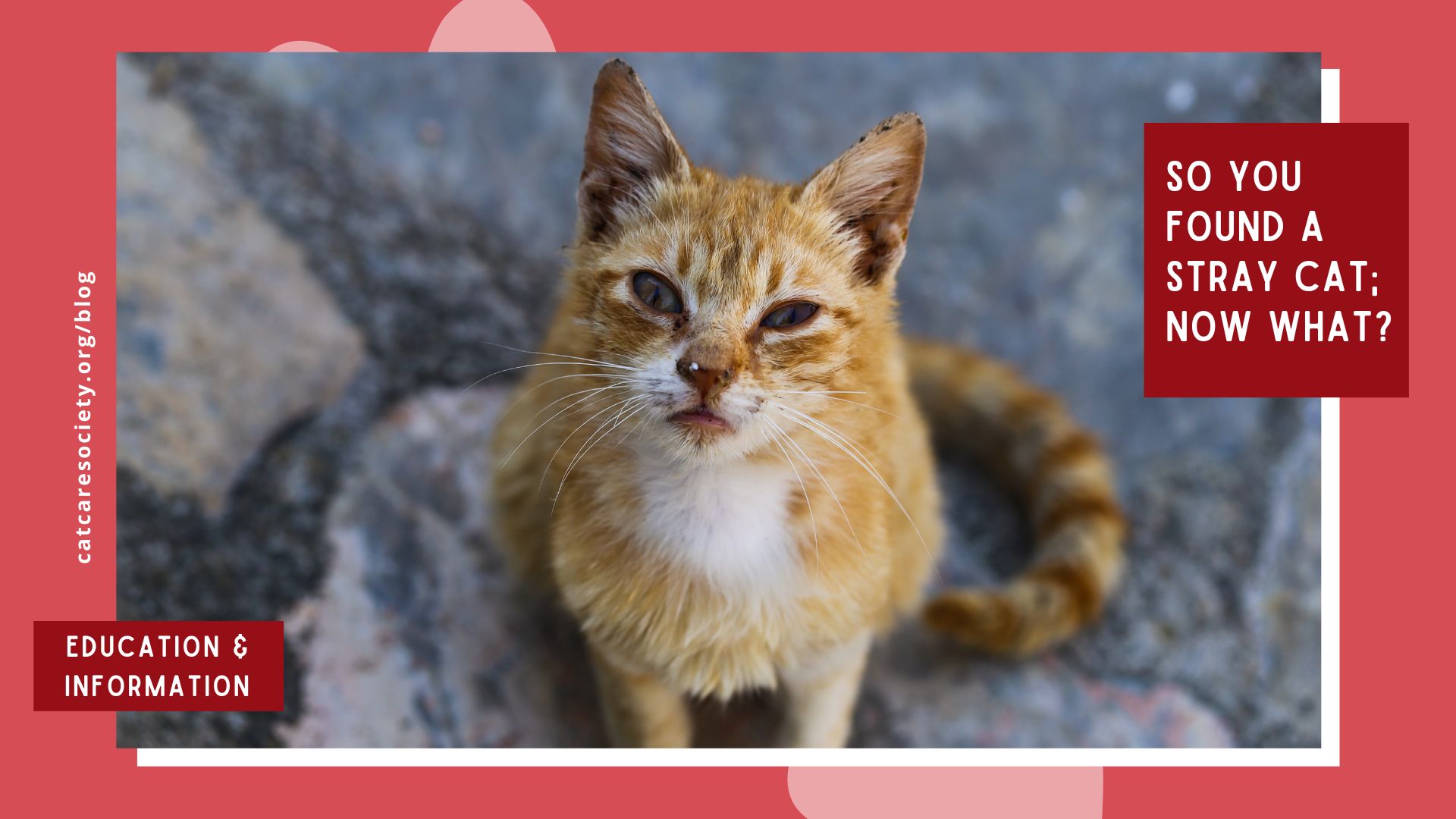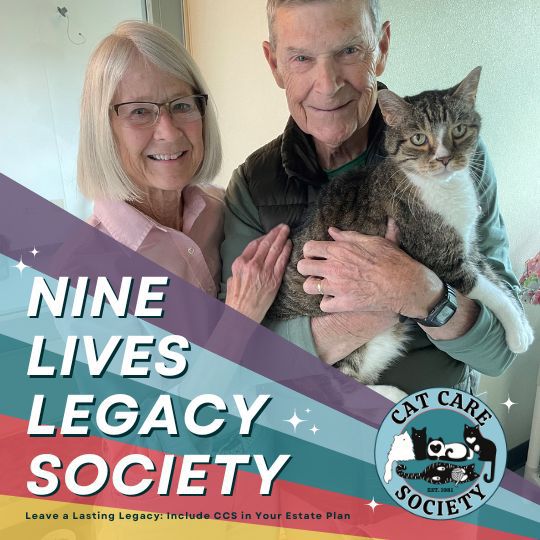In the realm of feline health, panleukopenia, commonly known as panleuk, has long been a significant health challenge, especially for young kittens and unvaccinated cats. As a highly contagious and often fatal disease, panleuk can rapidly devastate entire cat shelters. Fortunately, here at Cat Care Society (CCS), we have a compassionate and innovative veterinary care team, including Dr. Cecily Palamara, our lead veterinarian. In this post, you’ll get to learn from her expertise, including the causes and symptoms of panleuk, as well as how CCS is giving cats a fighting chance to overcome a disease that traditionally carries a grave prognosis.
What is Panleuk?
Panleuk is the cat counterpart of the parvovirus in dogs, targeting rapidly dividing cells in the gastrointestinal tract. Dr. Palamara emphasizes the destructive nature of the virus, causing massive and often bloody diarrhea, leading to dehydration, lethargy, vomiting, hypothermia (due to loss of fluids), and even sepsis. Notably, it also attacks white blood cells, resulting in leukopenia and a weakened immune system. Early symptoms include lack of appetite, lethargy, vomiting and diarrhea, often with blood. (Fun fact: Leukopenia literally means low white blood cell count.)
Panleuk is a serious condition with a poor prognosis; typically, only 20% of cats with it survive three to five days after diagnosis. At CCS, our survival rate is much higher, thanks in part to our proactive approach and early intervention. More on that soon!
Learn more about panleukopenia in this video from Kitten Lady:
Causes and Spread
The transmission of panleuk in cats and kittens primarily occurs through fecal-oral contact, where they are exposed to infected feces. Contaminated items such as food, water bowls, toys and bedding can contribute to its spread. Additionally, people may inadvertently carry the disease on their clothing and shoes. Even after a cat is cleared of the virus, they can continue shedding it in their feces for an extended period.
Panleuk is more widespread in summer, due to kitten season, and in wetter months due to how the virus lives in the environment. However, panleuk poses a constant year-round threat as it can survive in most environments for an extended period, up to a year! It is even resistant to certain disinfectants, including alcohol and iodine.
“We have to be really careful about contagion control in the shelter,” said Dr. Palamara. “Because it survives in the environment for so long, it’s so important to be practicing good hygiene and good contagion control for anyone that is coming in. We can all work together to keep our shelter as disease free as possible.”
CCS’ Treatment Approach
Prevention is always best; the FVRCP vaccine, included in routine vet and shelter care, is the most effective in providing protection. Early detection has also been key to Cat Care Society’s higher than average survival rate. Dr. Palamara and the medical team at CCS conduct panleuk tests on all kittens under a year, aiding in early detection of mild cases. They also treat all cases aggressively. Because panleuk is so contagious, CCS would need a dedicated ward for panleuk treatment, which is something being considered as a part of future building improvements. Currently, the team aims to move infected cats to one of our experienced fosters for personalized care within 24 hours of diagnosis, minimizing the risk of spreading the illness to other cats.
“In previous shelters that I’ve worked at, even a totally bright alert kitty that’s blowing diarrhea and has panleukopenia gets euthanized on the spot,” said Dr. Palamara. “So [at CCS] it’s a very different approach than I’ve ever worked with, and it’s been a great learning experience for me to see how these guys can succeed.”
Raechel, one of our experienced fosters, has helped treat several CCS kittens with panleuk. She emphasizes that subcutaneous fluids administered once or twice a day, along with antibiotics, anti-nausea medication, heat, nutritional supplements and probiotics, facilitate a kitten’s ability to continue eating and growing during recovery. While there’s no cure for panleuk, this supportive care alleviates the worst symptoms.
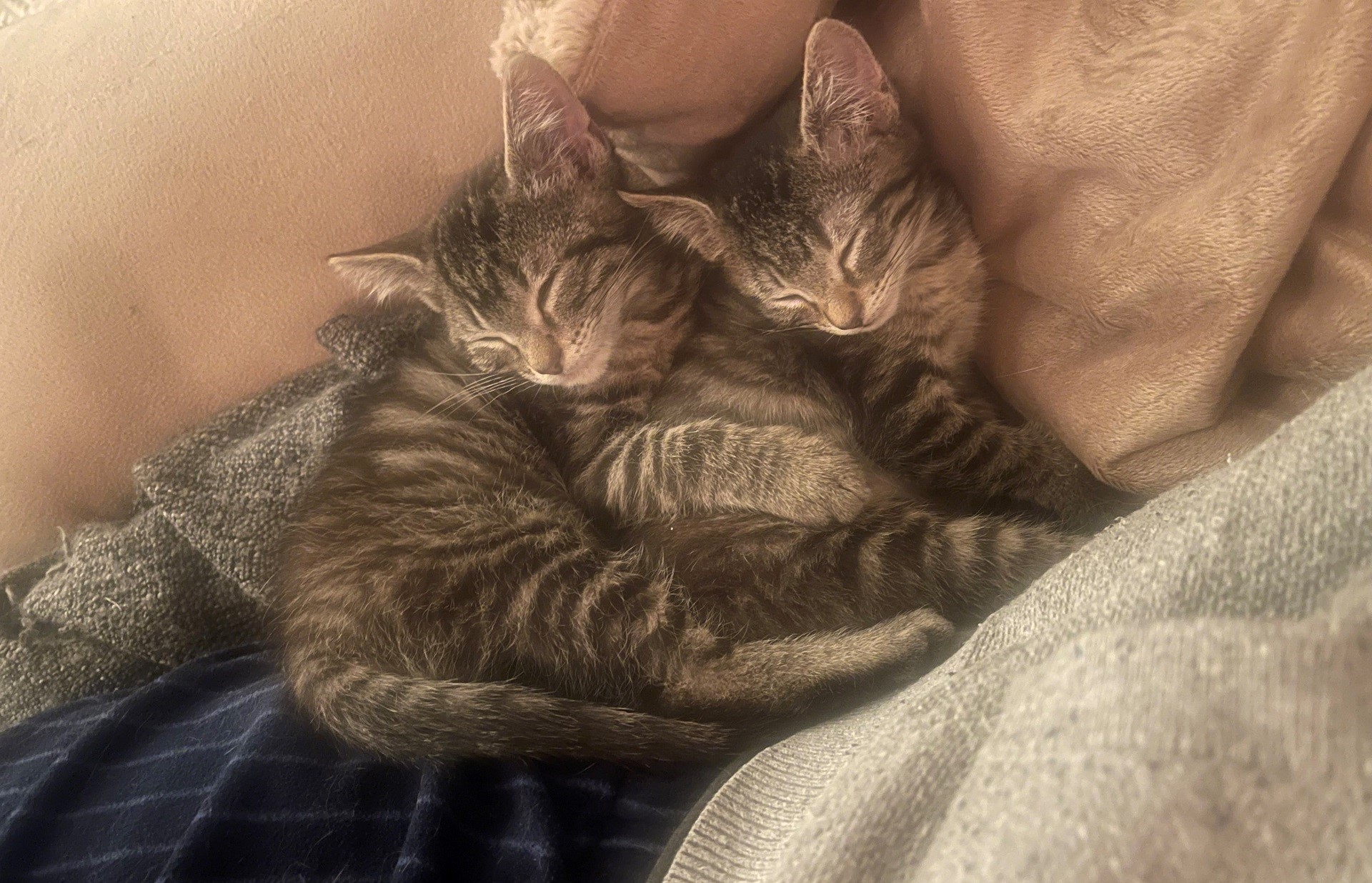
“Even in young kittens, symptoms start to improve in just a couple of days with supportive care,” Raechel said. “Before I started panleuk fostering, I heard about how scary and terrible this virus can be, especially for kittens. I’ve found that as long as they’re given these fluids once or twice a day during their worst symptoms, they’ll continue to eat, grow, and bounce back pretty quickly! It’s amazing to see how much better these kittos feel after getting a boost of hydration.”
Raechel, along with all our fosters, has access to CCS’ medical experts for assistance when needed.
A Joint Front Against Panleuk: Together, We Can Succeed!
Panleuk might be scary, but there are ways to minimize its spread. Here’s how you can be a part of the solution:
- Vaccinate your cat! Make sure your cat is current on all vaccines, especially the FVRCP vaccine. It’s the simplest yet most effective way to protect them.
- Practice good hygiene. Always wash and sanitize your hands and wear gloves when handling cats (that’s why we ask all visitors to use sanitizer between petting our cats!), especially in shelters.
- Support our shelter. Consider becoming a foster, donate, or get involved in other ways.
- Spread awareness. Share this information and remind others about the importance of vaccination and healthy hygiene.
Despite its severity, cats can overcome panleuk when it’s found early and treated aggressively. The proactive measures we take at CCS and the dedication of our foster care volunteers showcase the transformative impact of compassionate care. We hope to continue to pave the way for success stories by spreading awareness and support.
For even more information about panleuk, please visit the panleuk shelter medicine page from UC Davis. Learn more about our CCS medical team and all the life-changing work they do on our meet our shelter medical team page.
If you’re interested in becoming a foster to help cats in need, please visit our foster page to learn more and apply!
About the Author: Beth Dokolasa is a volunteer for Cat Care Society and served on the organization’s junior board. She is an instructional developer for Natural Grocers and lives in Indian Hills, Colo., with her husband, young daughter, and two cats, Techno and Digit.
